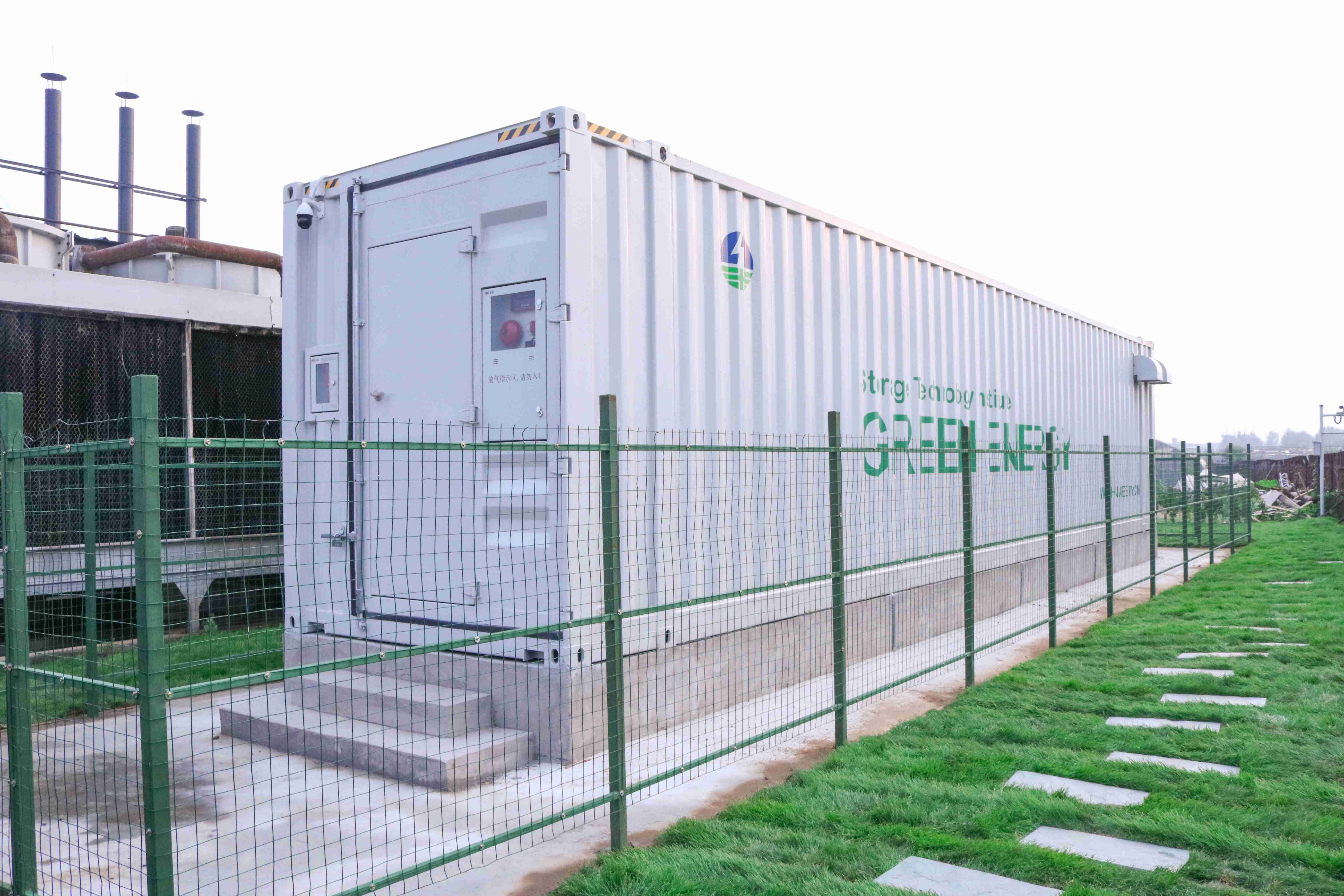
11월 . 29, 2023 13:34 다시 목록으로
국내 산업 및 상업용 에너지 저장의 일반적인 문제
The domestic industrial and commercial energy storage market is experiencing rapid growth. However, ensuring the rationality, economy, and safety of energy storage project construction requires a deep understanding of the energy storage system and the design and construction process. To provide some guidance, common problems in the design and construction of industrial and commercial energy storage systems are summarized below.
One of the key application values of industrial and commercial energy storage systems is peak-valley arbitrage. By taking advantage of the price difference between peak and valley electricity rates, these systems can charge during low-demand periods and discharge during high-demand periods, effectively reducing enterprise electricity costs. Another application is balance demand electricity bills. Energy storage systems can help cut peaks and fill valleys, eliminating peak loads and smoothing out the power consumption curve, ultimately reducing demand electricity bills.
Moreover, industrial and commercial energy storage systems offer dynamic capacity expansion. Often, the transformer capacity for users is fixed, and when the user needs to overload the transformer for a certain period, capacity expansion is required. However, by installing a matching energy storage system, the transformer load can be reduced through energy storage and discharge during this period, resulting in cost savings by avoiding the need for transformer capacity expansion. Additionally, energy storage systems enable demand-side response. With such systems in place, customers no longer need to limit power or pay high electricity bills during demand response periods. Instead, they can participate in demand response transactions through the energy storage system and receive additional compensation fees.

투자 모델 측면에서 산업용 및 상업용 에너지 저장 시스템에는 계약 에너지 관리와 소유자 자체 투자라는 두 가지 주요 옵션이 있습니다. 계약형 에너지 관리 모델에서는 에너지 투자자가 에너지 저장 시스템 구매 및 구축에 투자한 후 전력을 소비하는 기업과 에너지 서비스 계약을 체결하여 혜택을 공유합니다. 에너지 투자자와 전력 소비 기업 간의 공유 비율은 일반적으로 90%:10% 또는 85%:15%와 같은 비율을 따릅니다. 반면, 소유자 자기투자 모델은 전력을 소비하는 기업이 에너지 저장 시스템 구매에 독립적으로 투자하고 자체 투자에서 모든 이익을 얻는 것을 포함합니다.
To be suitable for installing industrial and commercial energy storage power stations, companies need to be located in areas with large peak-valley price differences for electricity. This is because the main source of income for such power stations is the income from the peak-valley price difference. Additionally, the enterprise's electricity load period should cover the peak period, and the average peak-to-valley price difference should be significant (generally above 0.7 yuan/kWh). It is also important that there are enough remaining capacity in the transformer during valley and flat periods of enterprise power consumption to charge the energy storage system. Furthermore, companies with fewer shutdown days for maintenance and off-season are ideal, as the annual utilization time of the energy storage system should be more than 270 days to ensure optimal yield.
In order to install energy storage power stations, electricity companies need to gather specific information. This includes basic information about electricity consumption type, basic electricity price, time-of-use periods, time-of-use electricity prices, enterprise power outage and production statuses. Preliminary determination of energy storage time-sharing charging and discharging strategies also depends on knowing the power consumption type, time-of-use periods, and electricity prices. Additionally, understanding the company's production situation and the annual utilization time of energy storage is crucial. Load power consumption data, including power load data, load average/maximum power, and transformer capacity in the past year, is also necessary. This data is used to calculate the energy storage construction capacity based on load data and transformer capacity, and to design the system charge and discharge time control logic and system economic calculations. Detailed information about the primary power system diagram, factory floor plan, distribution room layout, cable trench direction diagram, and reserved space should also be provided to determine the installation location of the energy storage system and design the access plan.

To calculate the energy storage construction capacity based on enterprise power load information, it is important to ensure that the maximum load during the power + period of energy storage charging is less than 80% of the transformer capacity. This is done to prevent overloading of the transformer capacity when charging the energy storage system. Additionally, the load during peak hours of electricity prices during the day should be greater than the peak power of energy storage discharge. Simply providing monthly or annual electricity consumption data is not enough to accurately reflect the company's 24-hour electricity load every day and calculate the energy storage configuration capacity. A detailed example is given, demonstrating how the total transformer capacity, electricity load pattern, and time period affect the energy storage construction capacity.
In summary, as the domestic industrial and commercial energy storage market continues to grow, it is crucial to ensure the rationality, economy, and safety of energy storage project construction. Understanding the various application values, investment models, and requirements for suitable installation can help guide the design and construction of industrial and commercial energy storage systems. Gathering the necessary information and accurately calculating the energy storage construction capacity based on enterprise power load information are also vital steps in ensuring the success of energy storage power station installations.
관련 상품:
자체 냉각-EN-215 실외 분산 에너지 저장 캐비닛 - 전원 유형
침해시 삭제됩니다
참고 웹사이트:https://www.escn.com.cn
-
Wireless DC Charging: The Next Frontier in Contactless EV Power Delivery
소식Aug.04,2025
-
Hybrid BMS Energy Controls: Integrating Renewable Energy Sources
소식Aug.04,2025
-
Blockchain for Secure and Decentralized EMS Power Systems
소식Aug.04,2025
-
AI-Driven for Smart Grids: Energy Management System (EMS)
소식Aug.04,2025
-
Advanced Distribution Management System (ADMS) Energy
소식Aug.04,2025
-
5G-Enhanced BMS Energy Savings: Ultra-Low Latency Control
소식Aug.04,2025























